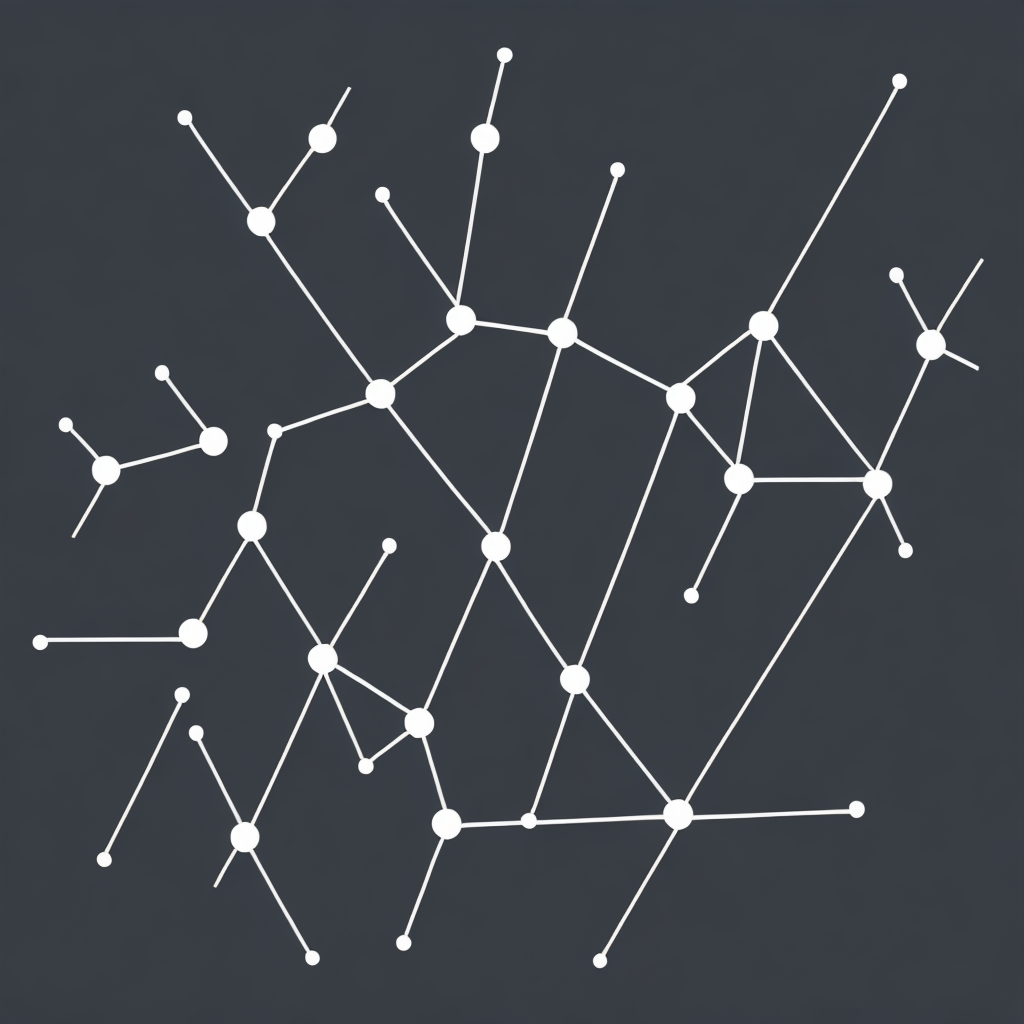Unlocking the Power of Knowledge Graphs: A Comprehensive Guide to Enhancing Data Understanding and Decision Making
The information era has revolutionized the way we perceive data and the world around us. In this landscape, data is no longer merely an accumulation of facts and figures but the foundation for intelligent decision-making. Knowledge graphs, an innovative representation of data, hold the potential to harness this data’s power to bring about transformative insights. This guide aims to demystify knowledge graphs, elaborate on their unique characteristics, and showcase their applications in enhancing data understanding and decision-making processes.
1. Introduction to Knowledge Graphs
Knowledge graphs, as a form of data representation, differ from traditional databases and spreadsheets. They are essentially networked collections of interconnected data nodes that represent real-world entities such as people, places, or products. These entities are interconnected by relationships, expressed as edges, allowing complex connections and hierarchies to be visualized and analyzed.
2. Types of Knowledge Graphs
There are several types of knowledge graphs, each tailored to cater to different industries and use cases. The broad categories include:
– **Open Knowledge Graphs**: These are collaborative efforts to gather and organize factual information, like Freebase and DBpedia.
– **Corporate Knowledge Graphs**: These are proprietary to firms and are used to provide a structured view of internal knowledge, resources, and processes.
– **Semantic Web Knowledge Graphs**: They conform to the standards set by the Semantic Web, allowing for interoperability and the connection of various data sources.
3. Benefits of Using Knowledge Graphs
Knowledge graphs offer several advantages in enhancing data understanding and decision-making:
– **Enhanced Search and Retrieval**: By mapping the relationships between data points, knowledge graphs enable more accurate and insightful search functionalities. This makes retrieving specific information more efficient and precise.
– **Insight Generation**: Knowledge graphs facilitate the discovery of meaningful patterns and connections that are not evident in conventional data representations. This leads to enhanced analytical insights, helping businesses make evidence-based decisions.
– **Predictive Analytics**: Through the analysis of connections and patterns, knowledge graphs aid in predictive analytics, forecasting future trends, and outcomes.
– **Improved Data Integration**: Knowledge graphs can connect and integrate various fragmented data sources, enhancing data interoperability and reducing data silos.
4. Application Areas of Knowledge Graphs
Knowledge graphs are leveraged across diverse sectors for various applications:
– **Healthcare**: They support personalized medicine, drug discovery, and predictive analysis of patient data.
– **Finance**: Knowledge graphs help in fraud detection, risk assessment, and regulatory compliance.
– **E-commerce**: They improve recommendation systems, understand customer behavior, and optimize product categorization.
– **Retail**: Knowledge graphs aid in supply chain optimization, inventory management, and personalization.
– **AI and Machine Learning**: As training data, knowledge graphs enhance the capabilities of AI systems, making them more accurate and adaptable.
5. Conclusions
Knowledge graphs are instrumental in unlocking the full potential of data, enabling us to extract deeper insights and make more informed decisions. Whether in research, business, or technology, their value is undeniable. As technology continues to advance, the role of knowledge graphs in transforming the way we understand and interact with data will only grow. Embracing the power of knowledge graphs not only empowers individuals and enterprises to navigate today’s complex information landscape more effectively but also positions them for future opportunities by laying a solid foundation of interconnected and accessible knowledge.
